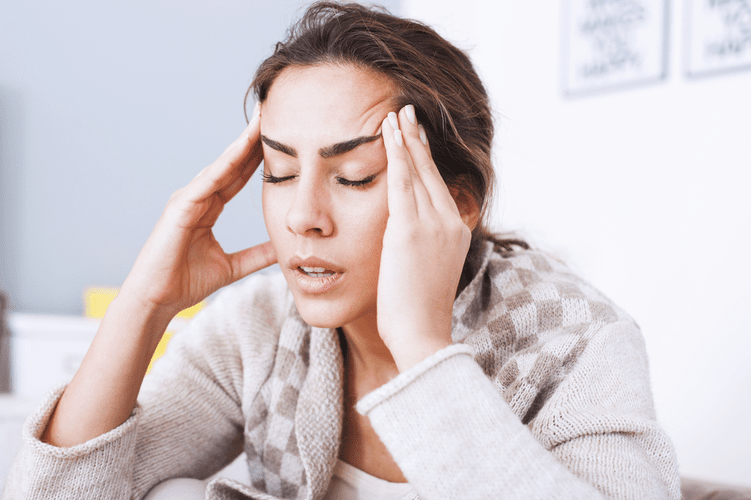Cannabinoid hyperemesis syndrome: Causes, symptoms, and treatment
You look back at the months of suffering and can’t help but wonder why you didn’t consider the possibility sooner. https://powerpavingco.com/10-incredible-books-on-sobriety-that-helped-me/ It’s a humbling experience, but one that has taught you a lot about your body’s limits-and the importance of listening to it. Another doctor reported using a combination of injectable lorazepam and promethazine, another antinausea medication. Some people with CHS require pain relievers if abdominal pain is present.
Treatment for Cannabis Hyperemesis Syndrome (CHS)
- This has increased both the number of people using the drug and the “high” in the available weed.
- It’s worth noting that you don’t always need that full 19-year timeline, as some people can develop CHS sooner, especially if they’re using especially potent cannabis or consuming it in large amounts.
- Doctors observe that when people stop using the substance, their symptoms eventually go away.
These supportive treatments can help people during the hyperemesis stage of the condition, but recovery depends on the person stopping their use of marijuana. Doctors also noticed that individuals with CHS would take frequent hot showers and baths. The first reports came from doctors treating regular users of marijuana for nausea and vomiting in South Australia. Cannabinoid hyperemesis syndrome (CHS) is a very unpleasant — and potentially what is alcoholism dangerous — complication of long-term marijuana use. Because of this possible complication, it’s important to use caution with marijuana and other cannabis products.
Personal Experience: A Journey with CHS
- Within 10 minutes, nausea and vomiting stopped, and the person no longer felt abdominal pain.
- Responsible and informed consumption is key to enjoying the many benefits that cannabis has to offer.
- It is unclear if the relief felt by individuals with CHS by these therapies is because of direct alteration of TRPV1 receptors or because of alternative indirect mechanisms.
- This stage is characterized by abdominal discomfort, early morning nausea and a fear of vomiting.
- The most effective way to prevent CHS is to avoid chronic use of cannabis.
Realistically, there’s literature that proves these agents to likely be ineffective. However, it is worth a trial in patients with severe persistent symptoms. After replenishing fluid/electrolytes, the next step in the acute management of CHS is to treat ongoing emesis. However, in CHS, the common antiemetics such as ondansetron, promethazine, chlorpromazine, and metoclopramide are generally ineffective. In fact, a small case series found that 87.5% of patients with CHS did NOT respond to standard antiemetic therapy.

When to seek medical help for cannabinoid hyperemesis syndrome
People with the condition often experience severe nausea and repeated vomiting. Another reason is that CHS symptoms and stages are quite similar to those of other conditions, such as cyclical vomiting syndrome. Even though there is a recovery phase, it is important to seek medical care if you think you have chs stages CHS. CHS is a condition that involves cyclic nausea and vomiting in people who generally have a long history of cannabis use. When a person experiences CHS, they may need timely and effective treatment to prevent health complications. This article covers the symptoms to look out for and methods for diagnosis.

- Cannabis (marijuana) is a plant (scientific name is Cannabis sativa) that has more than 400 chemicals.
- Patients typically discontinue hot bathing when symptoms are not present and begin it again once nausea and vomiting recur after future cannabis use.
- Many people with CHS go to their doctor or an emergency room (ER) for treatment.
- The characteristics, signs, and symptoms of CHS were discussed with the patient.
The main reason for that is that the patient does not report and mention their use of cannabis. Various health issues can cause repeated vomiting, and what needs to be pointed out is that CHS is a rare condition. The healthcare provider will ask the patient about the symptoms, and it will also ask about past health and issues if there were any.
